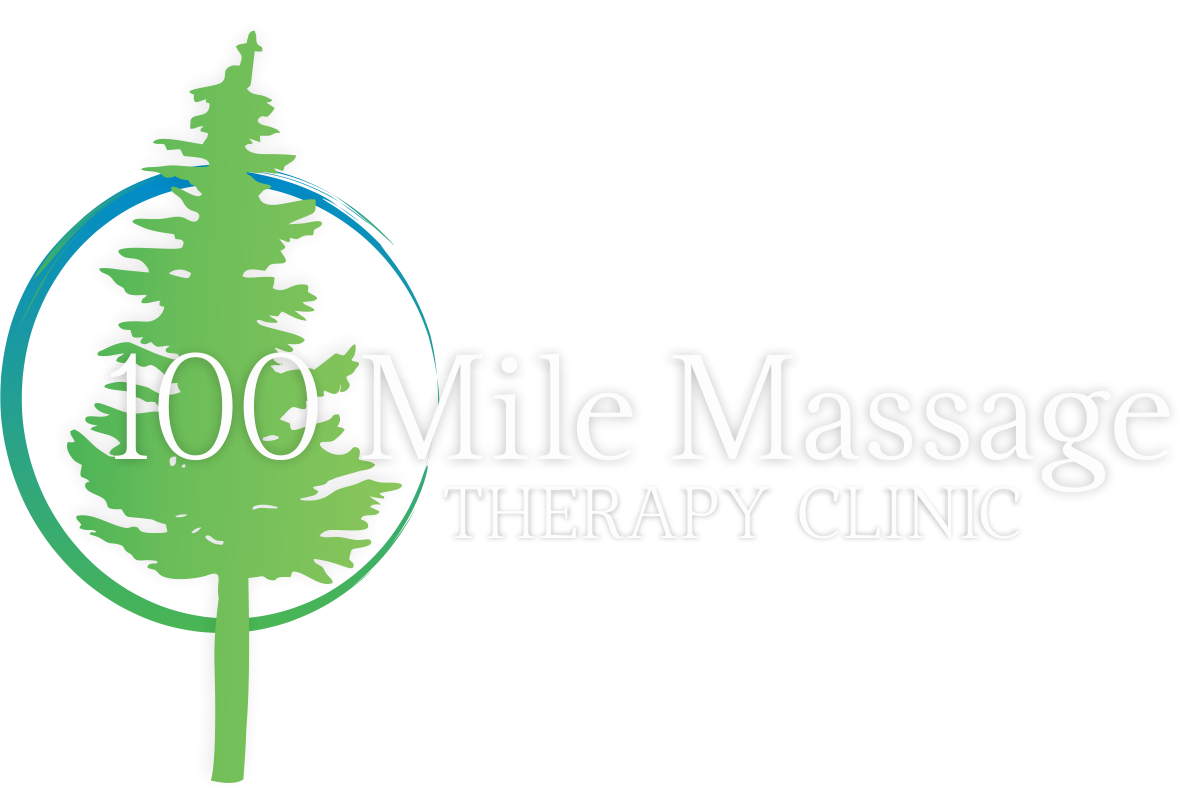Swedish massage
Swedish massage is often used during relaxation treatments and includes a variety of techniques such as effleurage, petrissage, vibrations, and tapotment. The direction of the massage strokes are generally performed with the flow of blood and the rate of the massage is applied in a slow, ryhthmical and repetitive manner. The benefits of swedish massage include increased circulation, mental and physical relaxation, decreased stress and muscle tension, and improved range of motion.
Neuro-muscular Therapy
Neuromuscular techniques are primarily used to reduce pain and postural dysfunctions and improve range of motion. The techniques include trigger point release therapy via ischemic compression, skin rolling, repetitive muscle stripping, and post-isometric relaxation.
Myofascial release
Myofascial tissue is a type of strong, yet thin, connective tissue that exists throughout the body and surrounds the muscles, tendons, bones, and organs holding them in place. Myofascial techniques are used to to specifically address the myofascial system and help to reduce painful soft tissue dysfunctions. Myofascial techniques are performed in a slow and subtle manner with a slight tension and twisting action.
Prenatal massage
A woman's body undergoes a multitude of changes during pregnancy. As the baby grows there is more stress on the back, neck, shoulders and abdominal muscles. Massage therapy can help relieve the common discomforts many pregnant women experience including headaches, low back and pelvic pain, sciatica and swelling/cramping in the legs.
Sports massage
Sports massage is performed before, during, or after athletic events. The goal of sports massage is to prepare the athlete for optimal performance, reduce fatigue, relieve swelling, reduce muscle tension, promote flexibility and prevent injury.

